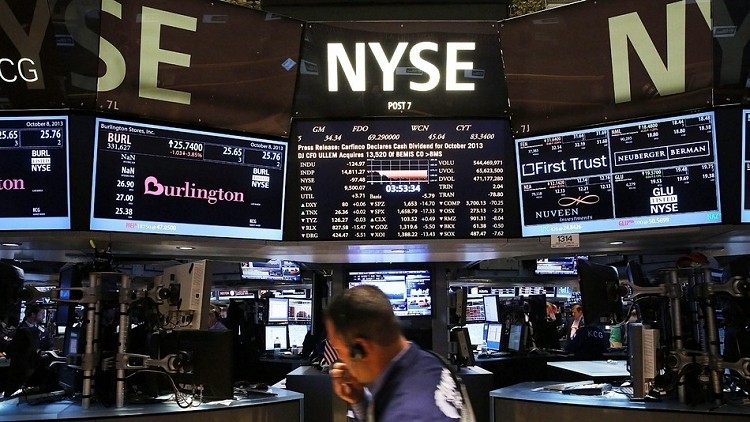

AAC systems may be unaided (e.g., signing, gestures) or aided ( Beukelman and Mirenda, 2013).

AAC refers to all types of communication other than oral speech (e.g., pictures, symbols, writing, hand gestures) ( ASHA, 2016a). The delicate balance that yields automaticity of natural speech planning, programming, and execution is not replaced by AAC systems, nor does AAC fully mitigate impairments in natural speech production.Īlthough the primary focus of this chapter is AAC systems, the discussion also briefly addresses voice restoration technologies that support communication associated with head and neck cancer treatments. Although the severity of impairment plays a role in determining AAC needs and appropriate interventions, other factors include level of communication complexity, skills of communication partners, communication environments and environmental factors, rate of communication, and proficiency at strategic communication, among others. The primary rationale for individuals’ electing to use augmentative and alternative communication (AAC) is the inability of their natural speech to meet all of their daily communication needs. With impairment, alterations in speech subsystems become apparent and the complexity revealed. For many, speech is the external expression of language, and the motor skills involved are performed with accuracy and speed, without conscious control ( Netsell, 1982). The ease and simplicity of use of typical natural speech mask the complexity of a speech production process that involves precise control and coordination of respiration, voice, articulation, and language comprehension and expression ( van der Merwe, 2009). CNN Sans ™ & © 2016 Cable News Network.Augmentative and Alternative Communication and Voice Products and Technologies Market holidays and trading hours provided by Copp Clark Limited. All content of the Dow Jones branded indices Copyright S&P Dow Jones Indices LLC and/or its affiliates. Standard & Poor’s and S&P are registered trademarks of Standard & Poor’s Financial Services LLC and Dow Jones is a registered trademark of Dow Jones Trademark Holdings LLC. Dow Jones: The Dow Jones branded indices are proprietary to and are calculated, distributed and marketed by DJI Opco, a subsidiary of S&P Dow Jones Indices LLC and have been licensed for use to S&P Opco, LLC and CNN. Chicago Mercantile: Certain market data is the property of Chicago Mercantile Exchange Inc. US market indices are shown in real time, except for the S&P 500 which is refreshed every two minutes. Your CNN account Log in to your CNN account Roundhill’s metaverse ETF has also plunged about 40%.Ĭoncerns about slowing user growth, advertiser skittishness as the economy cools and emerging competition from TikTok have hurt Meta Platforms and other social media stocks, such as Snapchat The stock has plummeted more than 40% this year as investors wonder if the strategy shift will pay off. Meta Platforms and Roundhill were not immediately available for comment.įacebook’s transition to Meta Platforms has been a rocky one. Roundhill and Meta Platforms may have held discussions about letting the social media giant get the coveted “META” ticker. Roundhill also didn’t give a reason for the change. Then, in mid-January, Roundhill said it was changing the ticker of its metaverse ETF to “METV.” That took effect at the end of January. Meta Platforms announced in November that it was postponing the ticker change to this year. Rafael Henrique/SOPA Images/Shutterstockĭon't tell Mark Zuckerberg: investors have already discovered the metaverse The Roblox logo seen displayed on a smartphone.


 0 kommentar(er)
0 kommentar(er)
